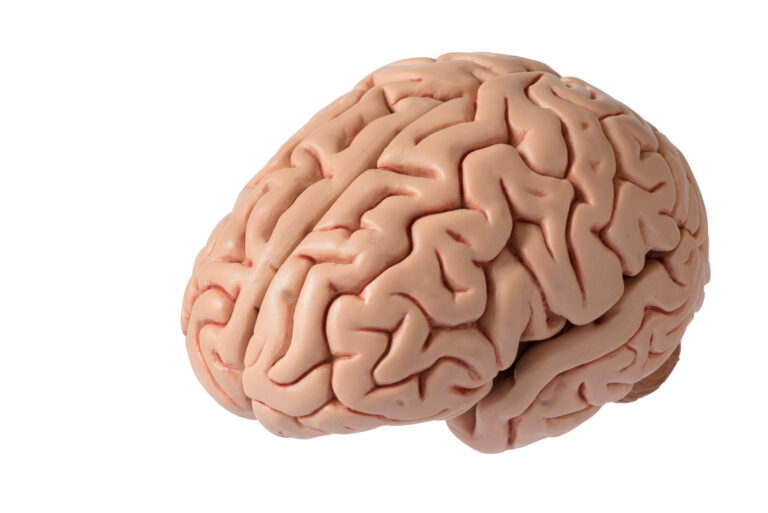Proteins are essential molecules that play key roles in the functioning of our bodies. They are responsible for various important processes such as cell communication, metabolism, and immune response. However, sometimes these proteins can become misfolded, which can lead to serious health problems. Misfolded proteins have been linked to diseases such as Alzheimer’s, Parkinson’s, and Huntington’s, making them a major focus of research in the medical field.
For many years, traditional treatments for these diseases have focused on targeting the symptoms rather than the root cause. However, a new and innovative treatment approach has emerged that aims to target protein misfolding directly. This approach has the potential to revolutionize the way we treat these debilitating diseases.
But first, let’s understand what protein misfolding is and why it is so harmful. Proteins are made up of long chains of amino acids that fold into specific shapes to perform their functions. This folding process is crucial for the proper functioning of proteins. However, during this process, errors can occur, leading to misfolded proteins. These misfolded proteins are unable to perform their functions properly and can also clump together, forming toxic aggregates that can damage cells and tissues.
The traditional approach to treating diseases related to protein misfolding has been to target the symptoms caused by the misfolded proteins. For example, medications may be prescribed to alleviate symptoms such as memory loss in Alzheimer’s patients. However, this does not address the underlying problem of protein misfolding and its damaging effects on the body.
This is where the innovative treatment approach comes in. It focuses on targeting the misfolded proteins themselves rather than just the symptoms. This approach is based on the idea that if we can prevent or reverse the misfolding of proteins, we can potentially stop or even reverse the progression of these diseases.
One promising treatment approach is using small molecules called molecular chaperones. These molecules act as “protein helpers” by binding to misfolded proteins and guiding them back to their proper shape. In some cases, these chaperones can even prevent proteins from misfolding in the first place.
Another approach is using antibodies to target misfolded proteins. Antibodies are proteins produced by the immune system to recognize and fight foreign invaders like bacteria and viruses. Researchers are now developing antibodies that can specifically target misfolded proteins and help clear them from the body. This approach has shown promising results in laboratory studies and is currently being tested in clinical trials for diseases like Alzheimer’s and Parkinson’s.
In addition to these targeted treatments, researchers are also exploring ways to stimulate the body’s natural protein quality control mechanisms. These mechanisms, such as the ubiquitin-proteasome system and autophagy, help identify and remove misfolded proteins. By enhancing these mechanisms, the body may be better equipped to deal with misfolded proteins and prevent their harmful effects.
Moreover, recent advancements in technology have allowed for the development of techniques like cryo-electron microscopy, which can provide high-resolution images of protein structures. This has greatly improved our understanding of how misfolding occurs and has enabled researchers to design more effective treatments.
While this innovative treatment approach is still in its early stages, it shows great promise in targeting the root cause of diseases related to protein misfolding. By directly addressing the problem of misfolded proteins, we may be able to slow down or even reverse the progression of these devastating diseases.
However, there are still challenges to overcome. One major challenge is delivering these treatments to the brain, as many of these diseases affect the central nervous system. The blood-brain barrier, a membrane that protects the brain from foreign substances, makes it difficult for medications to reach the brain. Researchers are working on developing methods to bypass this barrier and deliver treatments directly to the affected areas.
In conclusion, the innovative treatment approach targeting protein misfolding has the potential to revolutionize the way we treat diseases like Alzheimer’s, Parkinson’s, and Huntington’s. By directly targeting the root cause of these diseases, we may be able to delay their progression and improve the quality of life for those affected. With continued research and advancements in technology, we may see a future where these diseases are no longer a major health concern.





